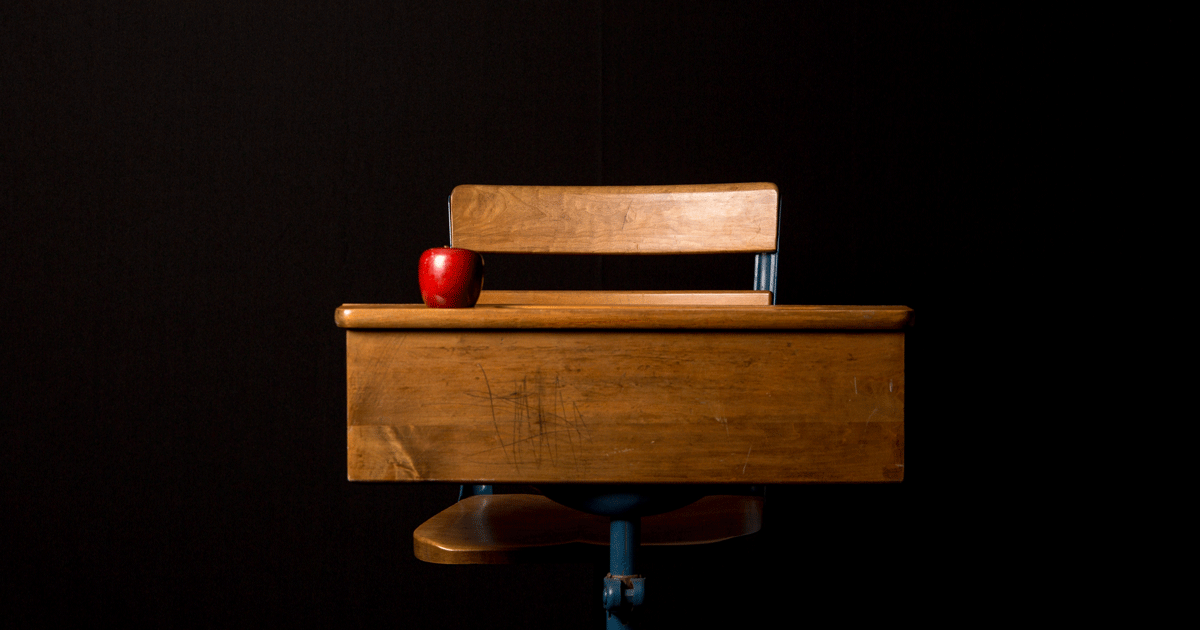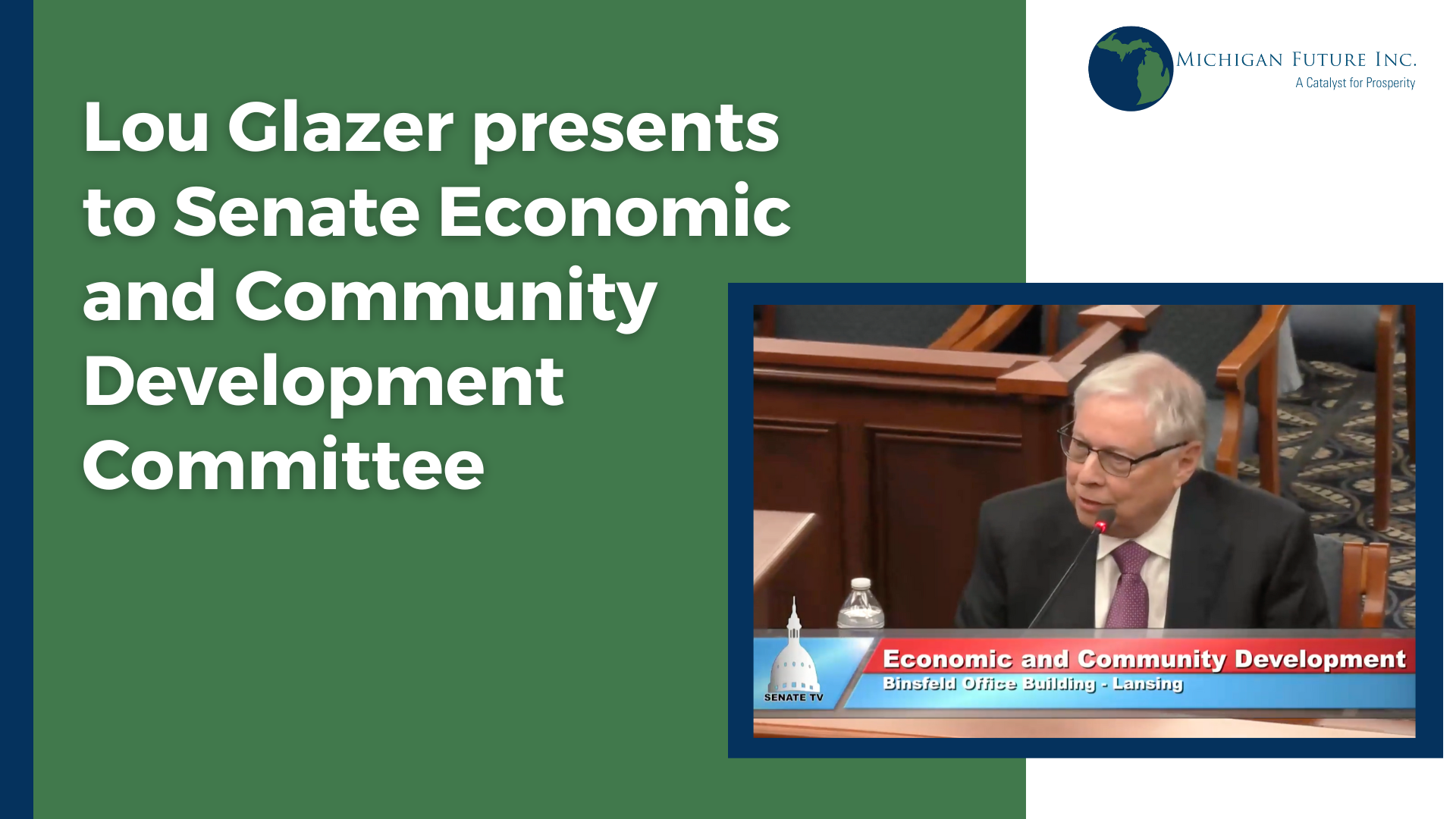At Michigan Future we spend a lot of time talking about how we can prepare Michigan students – all Michigan students – for the 21st century economy. This is an economy in which the returns to “highly-skilled” workers – who can communicate well, think critically, and have deep content knowledge and technical skills – continue to grow. And we believe it’s therefore the responsibility of our education system to equip all students with these skills, so they can be successful in an ever-changing 21st century economy.
Which is why the state’s recent response to a lawsuit filed on behalf of seven Detroit school-children is so disappointing.
The suit claims the state failed to provide these students with the education needed to achieve basic literacy. The state’s response was to argue that literacy was not a constitutional right, and to call upon a federal district judge to say as much.
This is so disappointing because regardless of the state’s duty under the constitution, state government should surely take on as its responsibility the provision of a school system in which every student can succeed. And right now we’re miles away from that.
In a New York Times op-ed from last month, University of Chicago law professor Geoffrey Stone argues that this case should be “open-shut,” in favor of the plaintiffs. Because while the constitution doesn’t specifically mention a right to literacy, Stone writes the Supreme Court ruled in 1982 that,
“illiteracy is an enduring disability” that will “handicap” children “each and every day” of their lives and take “an inestimable toll” on their “social, economic, intellectual and psychological well-being” for the rest of their lives.
And anyone paying attention to the state of Detroit schools realizes that many students in the worst Detroit schools are currently being denied an even minimally adequate level of education.
This is, of course, demonstrated through student test scores that show a proficiency rate near zero at some schools. But more importantly, it’s evident in the extreme lack of resources students are provided. As professor Stone writes:
As the plaintiffs demonstrate, many classes lack even minimally usable textbooks; classrooms are overcrowded and have inadequate temperature controls so the students often suffer from extreme heat and cold; classrooms are infested with vermin; the drinking water in some of these schools is often contaminated; the bathrooms are filthy and unkempt; and many of the teachers assigned to these schools are asked to teach subjects for which they lack training or experience.
As I noted in an earlier post, people often make the faulty claim that money doesn’t matter in education, preferring to focus on outputs rather than inputs. But inputs matter. And they matter especially when a certain set of inputs give students not even the slightest shot at success. In an expansive legal ruling from earlier this year, a Connecticut judge cited as the lowest bar of adequacy, classrooms that provide enough light, space, heat, and air to permit children to learn. Based on the accounts of Detroit schools that filled the news last winter, it’s not clear that certain Detroit schools would even meet this incredibly low benchmark.
The high level of disrepair and lack of resources should also not be surprising based on state policy. The already low levels of per-pupil funding that cover schools’ operational expenditures are now down 15% since 2002. And in addition, Michigan is one of only a handful of states that doesn’t help districts pay for capital costs, leaving them to raise money for school buildings locally, all but assuring beautiful facilities in wealthy areas, and decrepit buildings in poor ones.
In 1988, Jonathan Kozol wrote the seminal book Savage Inequalities, documenting first-hand the gulf between the educational have and have-nots. “The urban schools he visited were overcrowded and understaffed, and lacked the basic elements of learning – including books and, all too often, classrooms for students.” It’s sad to say that almost thirty years after Kozol brought to national attention the shocking state of many urban schools, we continue to deal with the same issues.
The current focus on what’s “minimally adequate” is criminal because we have to focus on it at all. Our discussions about school-quality need to be about what curriculum, what pedagogy, and what experiences will give our students a shot at being successful in the 21st century economy. That stuff is the hard part. But providing all Michigan children with adequate facilities, a well-trained teacher, and reasonable class sizes? That’s the easy part. And we must do it.







